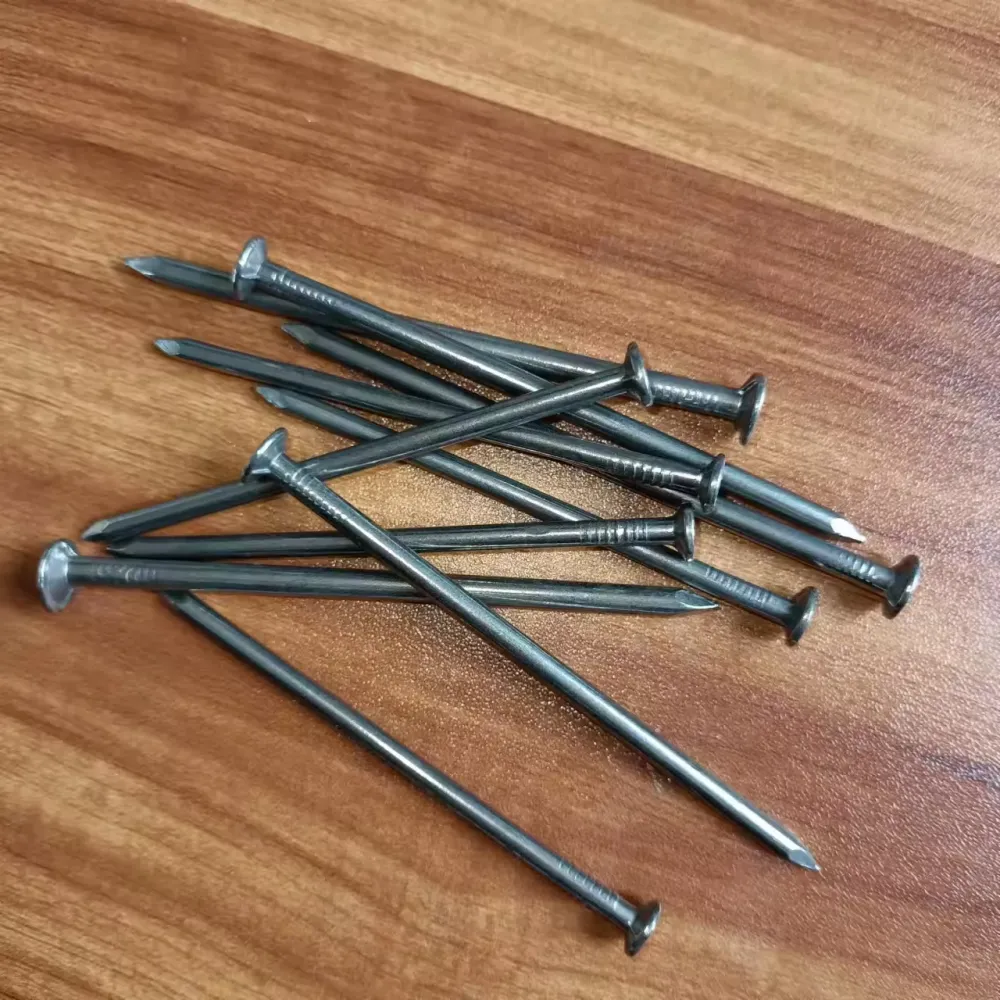Precision and Power: The Advantage of Welded Wire Mesh
As infrastructure, industry, and architecture demand more durable reinforcement materials, welded wire mesh has steadily risen as the top choice. Recently, industry leader Hengda Reinforcement Systems has announced a new generation of stainless welded wire mesh products, boasting cutting-edge welding precision, improved corrosion resistance, and a rigorous quality inspection protocol. With an emphasis on strength, reliability, and price-to-performance ratio, their launch is shaking up the standards of the construction reinforcement market.

Welded Wire Mesh vs Woven Mesh: The Core Structural Difference
At first glance, welded wire mesh and woven mesh might seem similar, but their core characteristics diverge significantly. Hengda’s engineering team has highlighted that while woven mesh relies on interlaced wire structures that can shift under stress, welded wire mesh offers a rigid, unyielding framework due to the welded joints at each intersection. This structural advantage becomes especially evident in demanding environments where load-bearing consistency is crucial, such as concrete reinforcement, slope stabilization, and industrial fencing.
Additionally, the dimensional accuracy and fixed grid configuration of welded wire mesh for concrete provides a consistent and predictable performance standard—something woven mesh simply cannot replicate. This is why architects, contractors, and civil engineers are moving away from traditional woven alternatives in favor of welded wire mesh products.
Welded Wire Mesh: Resistance Welding vs Arc Welding
The new Hengda product line distinguishes itself by adopting advanced resistance welding technology. In contrast to arc welding, which applies heat unevenly and often weakens mesh junctions due to localized overheating, resistance welding distributes thermal energy evenly through high-pressure electrode contact. This results in stronger welds with minimal wire deformation.
Lab tests conducted by Hengda’s quality assurance division demonstrated that mesh panels fabricated using resistance welding maintained up to 30% greater junction strength under tensile load compared to arc-welded samples. For contractors looking for superior load tolerance and consistent performance in structural applications, the superior bonding quality of resistance-welded mesh gives welded wire mesh a distinct engineering edge.
Qaynaqlanmış məftil hörgü:Corrosion Resistance and Salt Spray Testing Standards
Corrosion resistance has long been a decisive factor when selecting mesh reinforcement. Hengda has committed to exceeding international benchmarks by subjecting all stainless welded wire mesh variants to intensive salt spray testing. Their mesh undergoes over 500 continuous hours in a simulated salt fog chamber, mimicking extreme coastal and industrial environments.
This not only guarantees long-term durability but ensures that welded wire mesh remains a reliable option even in marine infrastructure or chemical plant reinforcement. Compared to electroplated or low-zinc alternatives, Hengda’s stainless options show negligible degradation, maintaining structural integrity and surface finish far longer than competitors’ mesh offerings.

The Real Value Behind Welded Wire Mesh Price
The question of welded wire mesh price often goes beyond initial figures. Hengda emphasizes total lifecycle cost—how long the mesh lasts, how it reduces site labor, and how it minimizes structural failure risks. Thanks to automated welding lines and local sourcing of steel, the company has succeeded in delivering competitively priced mesh without compromising on quality.
Each sheet is machine-checked for uniform aperture, weld strength, and galvanization consistency. This automation not only improves throughput but brings down production errors, which ultimately benefits the end user. With Hengda’s supply chain efficiency, contractors gain access to high-performance welded wire mesh at prices that rival inferior imports.
Welded Wire Mesh FAQs
What is the main difference between welded wire mesh and woven mesh?
Welded wire mesh is made by fusing steel wires at intersections, creating a rigid and stable structure, unlike woven mesh, which has interlaced wires that may shift or deform under pressure.
How does the welded wire mesh price compare to other reinforcement materials?
While initial costs may vary, welded wire mesh price reflects long-term value through higher durability, easier installation, and reduced maintenance over time.
Why is welded wire mesh for concrete considered superior?
Its consistent spacing and strong welds provide uniform load distribution, which prevents cracking and shifting, making it ideal for slabs, walls, and precast components.
What makes stainless welded wire mesh corrosion-resistant?
Stainless welded wire mesh contains chromium, forming a passive oxide layer that resists rust. Hengda enhances this with advanced surface treatments and rigorous salt spray testing.
How are top welded wire mesh manufacturers like Hengda innovating the industry?
By integrating automation, international logistics, and on-site engineering support, leading welded wire mesh manufacturers like Hengda deliver both high performance and custom solutions to meet evolving global construction needs.
-
Innovations in Razor Barbed Wire Design TechnologyXəbərlərAug.11,2025
-
Roofing Nail Compatibility with Different Metal Roof TypesXəbərlərAug.11,2025
-
Welded Wire Mesh for Rockfall Protection BarriersXəbərlərAug.11,2025
-
Galvanized Wire Corrosion Resistance TestingXəbərlərAug.11,2025
-
3D Fence Solutions Preventing Bird CollisionsXəbərlərAug.11,2025
-
Using Chain Link Fence for Urban Garden SupportXəbərlərAug.11,2025




